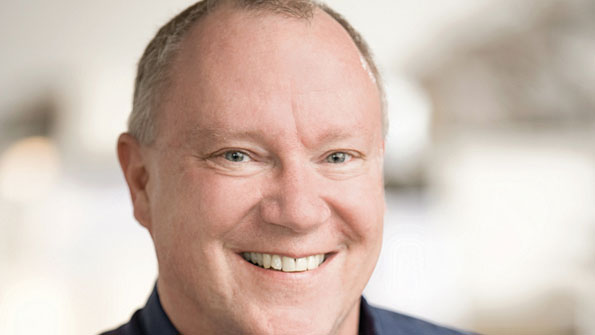APCO leaders say lots to celebrate, lots still to do
Every year, I try to have a chat with the incoming and outgoing presidents of APCO and NENA, which provide a good window into the health of not only the associations but also the public-safety communications sector that they serve. In August, I chatted with NENA’s immediate past president, Barbara Jaeger, and current president Bernard “Buster” Brown. A couple of weeks ago, I caught up to APCO’s Terry Hall and Gigi Smith.
In looking back on his year as APCO’s president, Hall rattled off a long list of achievements, including the following:
· Entered into an agreement with NPSTC that calls for APCO to certify through its ANSI-approved process any NPSTC-developed items that need to become industry standards;
· Entered into an agreement with FirstNet that calls for APCO to vet applications developed for the public-safety sector and provide that information to FirstNet;
· Increased membership to more than 20,000, the largest membership in the association’s history;
· Created a broadband task force that is working with NPSTC to create a consensus definition that FirstNet can use regarding what a public-safety-hardened communications site should include;
· Improved its outreach to various industry organizations, including DHS, SAFECOM, NPSTC, NENA, the National Sheriff’s Association, IACP, IAFC, the Major Cities Chiefs Association.
“When I took office, I talked about the need to build relationships, and to reach out and establish better communications with all of the other associations, and right now, our relationships couldn’t be better,” Hall said. “In fact, our relationship with SAFECOM is so good, I ended up being elected as SAFECOM’s chairman.”
In addition, APCO was able to secure federal funding on Hall’s watch—working with the DHS Office of Emergency Communications—to train 911 telecommunicators under the auspices of the Telecommunicator Emergency Response Taskforce (TERT), a joint APCO/NENA initiative.
“You talk about rewarding, several months later, one of the teams that was stood up out of New York was the one for [Superstorm] Sandy,” Hall said. “So, TERT continues to be a fast-moving target for us and a success. And this year, through DHS, you can take TERT certification classes online, as well.”
But, according to Hall, the crowning achievement of his year in office is the agreement, jointly crafted with NENA—“Our relationship with NENA has never been better,” he said—that calls for the four nationwide wireless carriers (AT&T, Verizon, Sprint and T-Mobile) to support text-to-911 service no later than May 15 of next year.
“We worked that [one] really hard,” Hall said. “NENA and APCO saw eye to eye on this, but the carriers became our true partners on this, as well.”
It’s clear that Hall is a tough act to follow, but Smith is undeterred. Part of the reason is that she knows there’s still plenty to do. For example, while APCO currently is the world’s largest public-safety communications association, Smith wants to increase membership even more—and she believes she knows how to do it.
“We are APCO International, so we need to continue our international outreach and continue to build on that,” Smith said. “That’s very important.”
Also important is staying ahead of the knowledge curve, which will be no easy task considering how fast things are moving in the world of public-safety communications right now.
“We want to be able to keep our thumb on the pulse of what’s coming up,” Smith said. “This coming year with technology is going to be so quick, and things are going to be coming at us so fast, we need to be ready.
“In order to do that, we may need to be able to look into the future, so to speak. I wish we had a crystal ball sometimes to know what was going to be around the corner. But we need to make sure that we’re ready and prepared, because our members expect to be able to turn to us and ask, ‘What do you think?’ and ‘What do you know about this?’”
But the ability to answer those questions is only the first part of the equation. The second, more challenging, part is to provide the leadership to necessary to move public-safety communications into the future. The sector never has been quick to embrace change, something that Smith readily acknowledged.
“I’ve been in this business long enough to remember when we didn’t have CAD systems—we wrote everything down on cards,” Smith said. “When we first started talking about CAD systems, we actually had employees quit, because they didn’t think this ‘science fiction’ technology would ever work, or they didn’t want to deal with the additional stress. …
“So, you’re going to have those who think that the old way is the good way, and ask, ‘Why fix it if it isn’t broken?’ For them, knowledge is the key. You have to make people comfortable. If they know what it is, and they understand what the end result or the goal of it is, then they’ll feel more comfortable. But if they flounder, that not only breaks their confidence, but it makes them wonder, ‘In an emergency is this really going to work?’”















